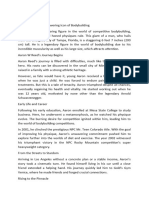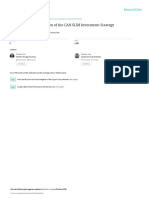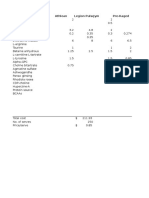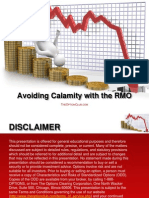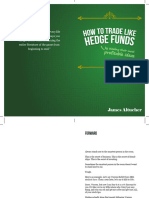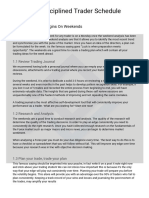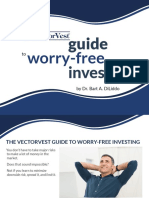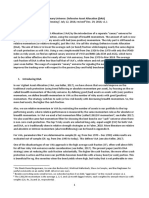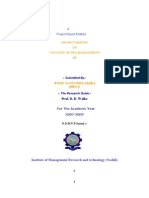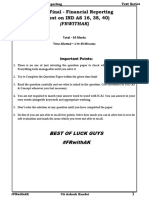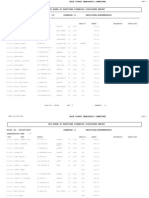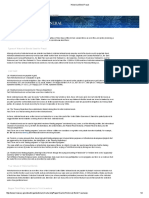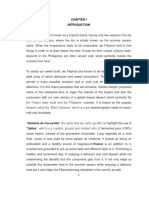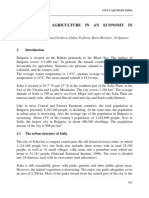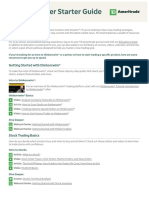100% found this document useful (1 vote)
3K views11 pagesTom Nash DCA Tutorial
This tutorial introduces a dollar-cost averaging (DCA) strategy for investing, emphasizing a 'double down' approach to enhance returns during market dips. It covers the fundamentals of DCA, how to set up a DCA profile, and the psychological discipline needed to maintain investment strategies. By combining regular investments with strategic increases during downturns, investors can optimize their long-term financial outcomes.
Uploaded by
fengyujia904Copyright
© © All Rights Reserved
We take content rights seriously. If you suspect this is your content, claim it here.
Available Formats
Download as PDF, TXT or read online on Scribd
100% found this document useful (1 vote)
3K views11 pagesTom Nash DCA Tutorial
This tutorial introduces a dollar-cost averaging (DCA) strategy for investing, emphasizing a 'double down' approach to enhance returns during market dips. It covers the fundamentals of DCA, how to set up a DCA profile, and the psychological discipline needed to maintain investment strategies. By combining regular investments with strategic increases during downturns, investors can optimize their long-term financial outcomes.
Uploaded by
fengyujia904Copyright
© © All Rights Reserved
We take content rights seriously. If you suspect this is your content, claim it here.
Available Formats
Download as PDF, TXT or read online on Scribd
/ 11









